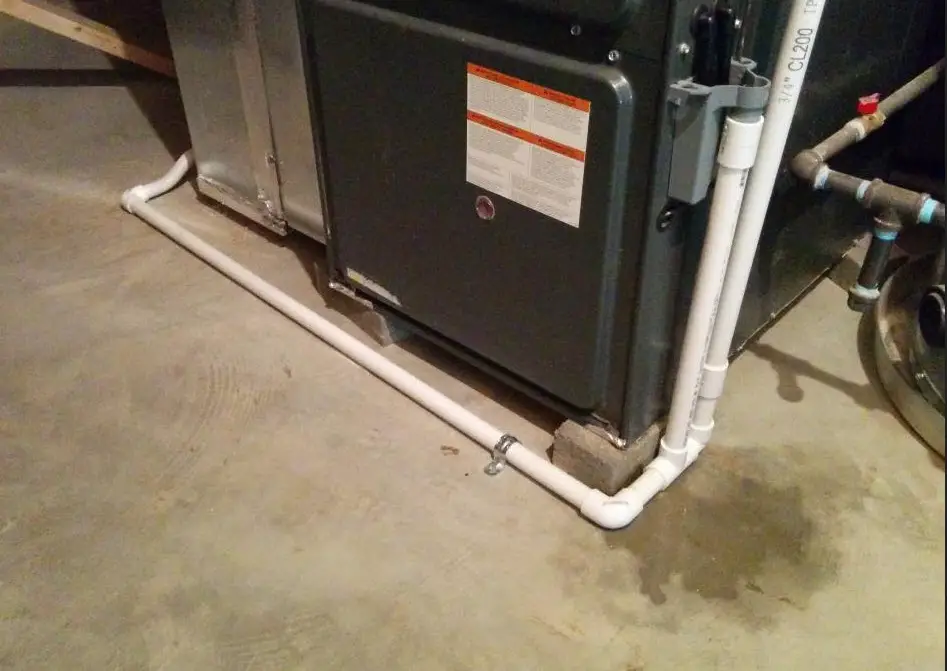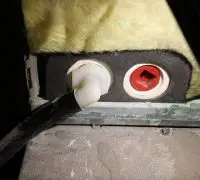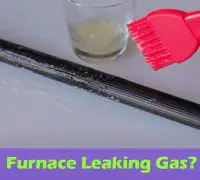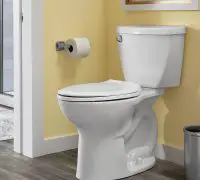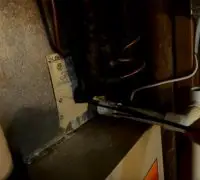If you're looking to fix or replace your Heating or A/C system, we can connect you with a reliable and cost-effective professional in your area.
Page Table of Contents
What to do when you notice leakage near your furnace
The last time you’ve checked on your furnace, everything was fine and dandy. With the cold season coming on so fast, it’s essential to prevent and even prepare your furnace for the winter, so you take a look only to realize that there’s a big puddle of water under your furnace.
Does your furnace leak water? Should you worry? Most of the time, you shouldn’t make a tragedy out of it as it’s not the worst thing that can happen to your furnace. Simultaneously, a furnace leaking water from the bottom isn’t a problem to solve on its own. Don’t postpone the fix and get in touch with the professionals for repairs. Any water-related problem with the furnace can turn into something more severe over the night so try to address it when you notice it.
Does the furnace leaks when the heat is on?
Even if it’s not very common, furnaces can also leak when heating the air inside the house. some of the most common causes are listed right down below:
The condensate pump is no longer functional
High-efficiency condensing furnaces will drain down, but the pump is necessary if the water will have to go up and then out of the basement/crawlspace.
You may address the problem on your own, and you should start by checking the drain. If it’s clear and you don’t use a humidifier, the pump is the culprit. Diy homeowners and professionals may solve the problem by repairing or replacing the condensate pump. nine times out of ten it’s less complicated to change the pump than repairing it. If the problem is a simple clog, repairing should be the solution.
A blocked pump could also make the motor burn out, and you may still expand the durability of the pump when you clear the blockage.
The condensate drain leaks
Furnaces with an AFUE rating of 90% and higher are also known as condensing models, as moisture in these models has to drain.
Combustion of natural gas and propane also generates water as a byproduct. Every time a molecule of carbon dioxide is generated, two molecules of water will also be produced throughout the process. If you come to think of it, a condensing furnace will create a lot of water.
You may check the vent carrying exhaust air out of the house. You will know that your furnace is condensing if the pipe is made with PVC (white plastic). Non-condensing models come with a metal vent, and there is no condensate pump either.
When you suspect that it’s the condensate drain leaking, you should clear the drain. If your furnace is in the attic, removing the drain is a bit more challenging.
The humidifier leaks
If you’re also using a humidifier for the furnace, it’s the humidifier causing the leakage. Several factors could cause the humidifier leakage, and even regular homeowners can figure out the cause.
- You can check to see if it’s the water line broken or loose by turning off the water. If it stops leaking, you may tighten the fittings, find the crack and solve it with some Teflon tape. When the fitting is over-tightened, the line may be cracked.
- The pad won’t collect water because of the build-up of minerals. You should change it if it’s crusty or hard.
- The drain could be clogged. Some humidifiers get too much water or require regular flushing. If so, the humidifier should come with a drain. You need to remove the drain and dislodge the clog with a tiny screwdriver or wire.
The heat exchanger is cracked.
One thing your furnace cannot do without is the heat exchanger; it’s the fundamental component of the furnace that uses the heat from the combustion chamber to the ductwork, taking the air throughout the house.
We come back again to water, a byproduct of combustion. Typically, the moisture will go away from the furnace and house through the vent, respectively, the condensate drain for the high-efficiency models.
When your heat exchanger is cracked, the moisture may leak out of your unit. Is the carbon detector off? It could also break the heat exchanger, allowing fatal gases leaking from it. If it is, you must call the furnace company after turning off the furnace.
Unfortunately, a cracked heat exchanger isn’t something to fix on your own. The furnace will have to be dissembled entirely for accessing the heat exchanger. Don’t be surprised if the professionals aren’t willing to do it; they recommend replacing the entire furnace. Keep in mind that your goodman furnace may have a lifetime warranty for the heat exchanger, and replacement of the furnace is covered when something goes wrong with the heat exchanger.
Replacing the heat exchanger ranges from $800 to $1,500; your furnace model and where you live will impact the price. Frankly, it will be cheaper to get a new furnace.
Should you stress less if the furnace leaks when the ac is on?
It’s more common for furnaces to leak when the ac is on and not when they’re heating. It doesn’t mean that you shouldn’t address the problem, so keep reading to see what may cause your furnace leaking.
Blocked condensate pump when using a pump
You will need a pump when the ac coil’s condensate has to go up and out of the basement. Please take a look at the drain; when it’s clear and not using a humidifier, the pump is the cause of the leakage.
If you have mechanical abilities and know your way around DIY projects, you may repair and replace the pump. It’s effortless to replace the pump, so don’t go over your heels with repairs if you’re not good with mechanical stuff.
A blockage on the pump can burn out the motor, but if it’s possible to clear out the pump, you may still use it for a fair amount of time.
Plugged drain or condensate pan
While your furnace runs on conditioning mode, the system will have to eliminate humidity from the air by condensing it on the evaporator coil. The moisture gathers in a pan, flowing out the condensate drain.
Debris, mold, and dust can turn into sludge in the pan, which may block the drain. Should you be a skilled homeowner, you may quickly solve the blockage.
When the blockage is located in the line that goes out of your house, you will have to use compressed air or garden hose and water to push it out. It’s not the most challenging job, and you shouldn’t necessarily run to the technician for a house call.
The dehumidifier/humidifier leaks
The dehumidifier works the same way the evaporator coil does. It becomes freezing, condensing moisture out of the air, so draining will be necessary. Remember to see if a clogged drain/pan is the culprit.
The humidifier isn’t supposed to operate in the summer, but the water pipe that feeds it can develop leakage at any moment. If you suspect a problem with the humidifier, you should turn off the water to the unit to see if it stops. You’ve solved it if the leaks stop. Also, please look at the fitting on the water supply as it may require tightening; you may also have to add or replace the old Teflon tape on the threads for better results.
Thawing/frozen coil
Sometimes, the coil won’t receiver enough airflow, which makes it freeze. Once the air conditioning cycle is over, the frozen coil warms up; the ice melts, and…you see water on the bottom of the furnace. The water may also overflow the drain, leaking all over the floor.
A filthy filter may block the furnace, or the air handler gets enough air. It’s not complicated to solve the problem. Examine the filter and install a new one when it’s very dirty. When you don’t have a fresh filter, you may run the furnace for a day without the filter.
We can definitely connect you with a trusted provider in your area to repair, replace or maintain your heating and A/C systems. Why not let us find a professional for you?
